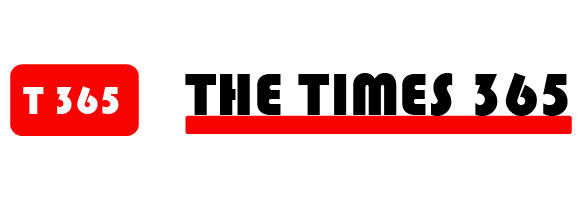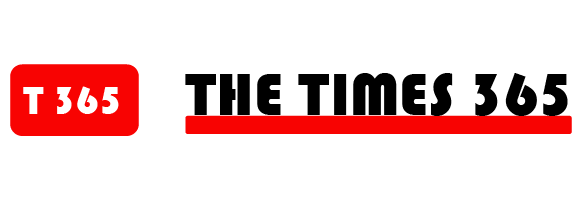There’s something almost ritualistically precise about the Hawaiian plate lunch. A scoop of pale macaroni salad, almost quietly radical in its steadfast, defiant plainness, nestles next to two scoops of white rice (it must be two, never three, never one). The rice serves as both a foundation and a mediator, bridging the creamy blandness of the pasta salad with the blunt-instrument intensity of the plate lunch’s third and central component, one kind or another of salty, savory meat.
Alongside poke bowls and the sport of surfing, the plate lunch has become one of the hallmarks of the fiftieth state. To understand the dish is to understand Hawaii’s particular genius for cultural synthesis. Its origins lie in the colonial plantations of the late nineteenth century, when agricultural workers—Indigenous Hawaiians, in addition to people brought in from Japan, China, the Philippines, and elsewhere—laboring on the islands’ vast fruit and sugar fields broke at midday for easy, cheap meals of rice packed up with whatever leftovers and accoutrements were handy. As Hawaii’s economy shifted throughout the years, so did lunch: ersatz food carts and wagons sprang up, serving meals similar to what workers would have brought from home: Japanese katsu, Chinese char siu, Filipino adobo; rice, of course, and macaroni salad, mild and mayonnaise-y, the indelible influence of the American mainland. The carts, in time, were supplemented with proper restaurants and, inevitably, chains both small and large. Today, you can find plate lunch served from trucks parked near construction sites and surf spots, from counters in strip malls, and from trendy, photogenic up-and-comers that gild the lily with carefully sourced ingredients and thoughtful little flourishes. The soul of the plate lunch remains unchanged: it is, fundamentally, a working person’s lunch, caloric and rib-sticking, elevated, through the decades, to something approximating an icon.
L&L Hawaiian Barbecue, as its known today, began in Honolulu in 1976. It now has more than two hundred outposts worldwide and is probably the largest plate-lunch operation going. After blanketing Hawaii’s islands with some forty-nine shops by 1999, the company’s founder, Eddie Flores, Jr., and his business partner turned their sights to the mainland, débuting an L&L in a shopping-mall food court in Industry, California. New York got an L&L in 2004 and lost it again about a decade later; in the years since, a hungry person in this town wanting plate-lunch flavors had few options. I mostly sated my cravings on the other end of an airplane, with breakfast at Rutt’s Hawaiian Cafe, in L.A., or with the heavenly loco moco at a coffee shop attached to a bowling alley in Gardena, California. Here at home, one of the most notable of the city’s Hawaiian restaurants is Noreetuh, a hip, cheffy spot where, sure, you can get Spam musubi, a handheld snack of rice and meat painted with teriyaki sauce, all wrapped up in a sheet of nori. But it’s on the menu next to a thirty-eight-dollar version made with Hokkaido uni, to which a dollop of osetra caviar can be added for thirty-five bucks more. Noreetuh is a smart, ambitious restaurant, but I can’t pretend it scratches the plate-lunch itch: when you think about the platonic ideal of Hawaiian mac salad, it’s not coming from a menu with the affectedly austere description “raw onions, carrots, dairy.”


.gif)




